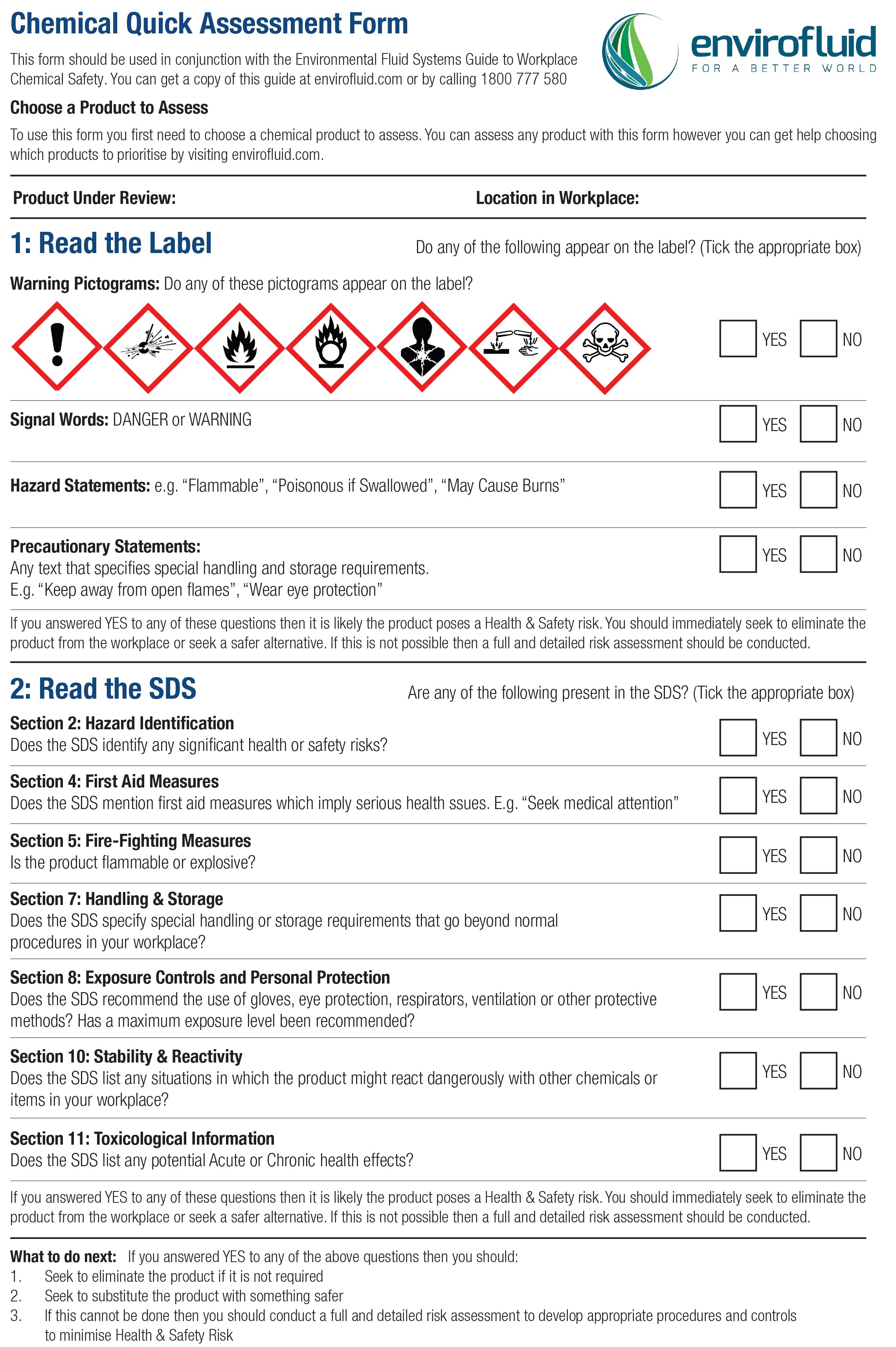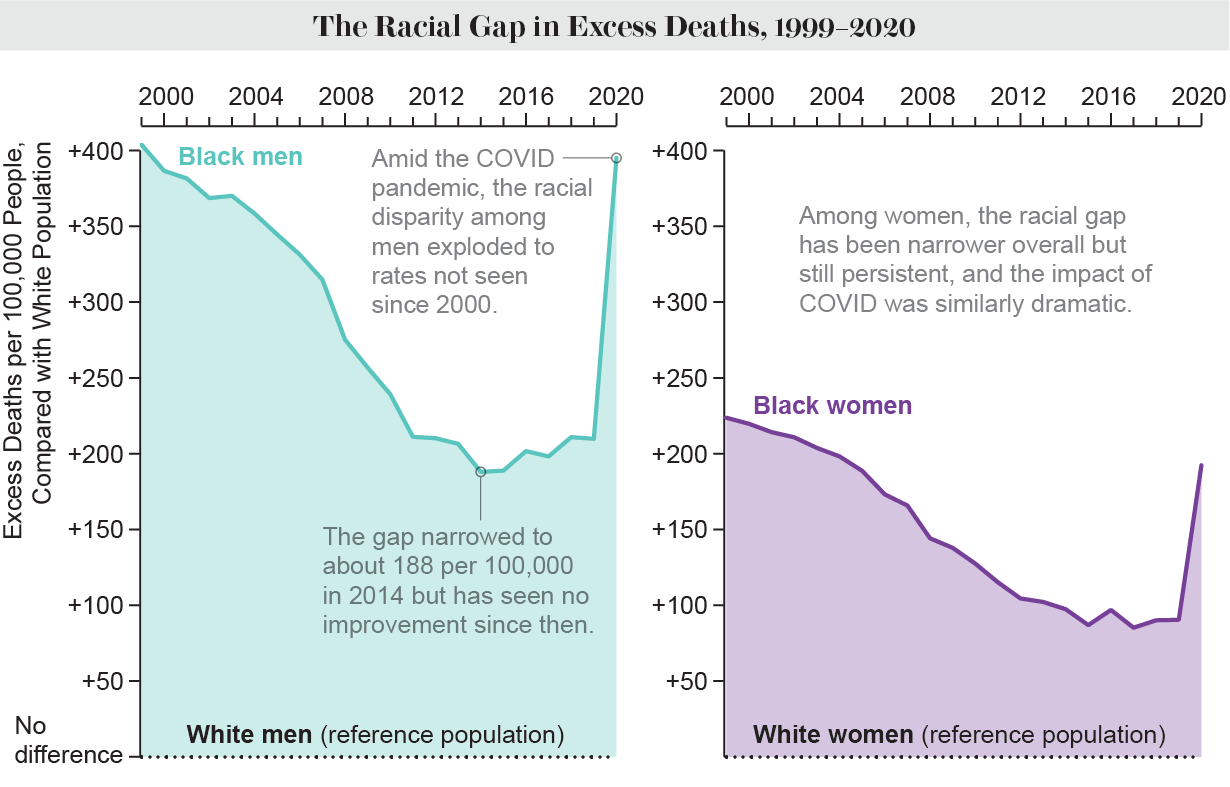Chemical hazard assessments are increasingly vital in our chemically-rich world, where everyday products can harbor substances harmful to both human health and the environment. As industries expand their use of industrial chemicals, the need for comprehensive evaluation and management of these substances becomes paramount. Organizations like ChemFORWARD play a crucial role by providing verified assessments that help businesses navigate chemical safety, ensuring that public health and environmental health are prioritized. By establishing a database of potential risks associated with chemical materials, ChemFORWARD empowers companies to make informed decisions, contributing to a safer future. Ultimately, understanding and mitigating the dangers posed by toxic chemicals is essential for fostering a safer and healthier society.
In today’s world, where numerous synthetic and natural compounds are utilized across various industries, the need for effective chemical safety measures is greater than ever. These evaluations, often referred to as substance toxicity assessments or chemical risk evaluations, are crucial for determining the potential health impacts of widely used materials. With initiatives like ChemFORWARD leading the charge in documenting and analyzing industrial chemicals, stakeholders can ally on ensuring that products meet safety standards and do not compromise public well-being. By addressing the hazards linked to these substances, not only do we enhance consumer confidence but we also support sustainable practices key to fostering environmental health. Ultimately, the commitment to assessing chemical safety reflects a broader movement towards accountability and transparency in product manufacturing.
Understanding Chemical Hazard Assessments
Chemical hazard assessments (CHAs) are essential tools for evaluating the risks associated with industrial chemicals. These assessments analyze various toxicity endpoints such as carcinogenicity, mutagenicity, and neurotoxicity, helping industries determine the safety levels of chemical substances before they are widely used. With growing public concern over chemical exposure in everyday products, robust CHAs provide critical insights that can protect both consumer health and environmental integrity. Companies can use this data not only for compliance but to champion transparency in their supply chains and enhance their brand reputation.
Moreover, organizations like ChemFORWARD play a pivotal role in streamlining the aggregation of chemical hazard data. By compiling extensive databases that include CHAs for thousands of substances, they empower manufacturers and consumers alike to make informed decisions. Chemical safety can no longer be an afterthought; it necessitates proactive engagement from all stakeholders involved in product development. As awareness increases about the potential long-term health effects of hazardous chemicals, embracing CHAs becomes crucial for safeguarding public and environmental health.
The Role of ChemFORWARD in Promoting Chemical Safety
Founded as a nonprofit organization, ChemFORWARD is dedicated to enhancing public health through innovative solutions that address the challenges associated with industrial chemicals. By winning prestigious awards, such as the Belfer Center’s Roy Family Award, they demonstrate their commitment to fostering a healthier environment. Their comprehensive database not only offers verified chemical hazard assessments but also provides insights into the toxicity and environmental effects of these substances. This enables companies to assess their chemical inventories critically and make choices that prioritize safety.
ChemFORWARD’s collaboration with major corporations underscores the necessity of industry-wide cooperation in achieving chemical safety. By making CHA data accessible to all, they facilitate a transformation in how companies view chemical partnerships. Organizations like Google, which collaborate with ChemFORWARD, illustrate how chemical data sharing can lead to the creation of safer products, thus encouraging accountability across all sectors. Such partnerships not only streamline the process of obtaining essential chemical information but also drive widespread improvements in product safety and environmental health.
The Impact of Chemicals on Public Health
The adverse effects of industrial chemicals on public health are becoming increasingly evident. Products such as clothing, furniture, and electronics often contain harmful substances that may contribute to chronic health conditions. The crisis necessitates urgent action; as highlighted by experts in public policy, there is a collective responsibility to mitigate these impacts. Assessing the chemicals that infiltrate our daily lives is vital for safeguarding community health, particularly for vulnerable populations that may be disproportionately affected.
Furthermore, the integration of comprehensive chemical hazard assessments into public health initiatives is essential. By evaluating the potential long-term consequences of exposure, cities and communities can implement preventive measures that protect residents from hazardous materials. Engaging with organizations that prioritize chemical safety can lead to more informed regulations and policies designed to enhance public health strategies. This alignment between chemical safety and public health can significantly reduce the prevalence of chemically induced health issues.
Environmental Health and Chemical Management
Environmental health is closely linked to the management of industrial chemicals. The release of toxic substances into the environment threatens ecosystems and the natural resources that communities rely on. Addressing environmental health concerns requires a commitment to implementing safer chemical practices, which includes frequent sanitization of chemical use and better waste management strategies. Understanding how industrial chemicals affect environmental quality is crucial for creating sustainable solutions that benefit both public and ecological health.
ChemFORWARD’s efforts showcase how knowledge-sharing can lead to better chemical management practices. By providing access to comprehensive chemical assessments, they equip organizations with the information needed to select safer alternatives and minimize environmental hazards. In partnering with industrial leaders, ChemFORWARD fosters a culture of responsibility while driving innovation in chemical usage. This collaboration ultimately contributes to a healthier planet and emphasizes the interconnectivity of environmental health and chemical safety.
Advancements in Chemical Safety Protocols
Recent advancements in chemical safety protocols highlight the increasing importance of robust assessment tools. Companies are now prioritizing safety not just for regulatory compliance but for ethical and customer satisfaction reasons. The integration of new technologies to analyze chemical data enables industries to stay ahead of potential hazards. Leading organizations, such as ChemFORWARD, have developed methodologies to ensure that safety protocols are not only reactive but preventive, utilizing detailed chemical hazard assessments to inform their decisions.
Moreover, the push for stronger chemical regulations has sparked innovations in safety technologies, creating opportunities for improved risk management. Fostering a culture of safety involves continuous education and training within organizations regarding the potential impacts of chemical exposure. As companies embrace these advanced protocols, they pave the way for a future where chemical safety is prioritized across all sectors, establishing a standard that protects both human health and the environment.
The Importance of Transparency in Chemical Safety
Transparency in chemical safety is essential for empowering consumers and ensuring that companies take responsible actions regarding the chemicals they use. When consumers are informed about the chemical profiles of products they purchase, they can make healthier choices for themselves and their families. Initiatives like ChemFORWARD’s database promote this transparency by making chemical hazard assessments readily available to the public. This shift towards openness has the potential to create a demand for safer consumer products, prompting further industry changes.
Additionally, fostering transparency encourages industries to be more accountable for their chemical use. As knowledge about the impacts of hazardous chemicals spreads, businesses that prioritize safety will distinguish themselves in a crowded marketplace. Engaging the public in discussions about chemical safety can lead to stronger regulatory measures, ensuring that the needs of both industry and community health are met. This collaborative approach will ultimately yield benefits for public health, environmental health, and consumer trust.
Collaborative Efforts for Safer Chemicals
Collaboration among stakeholders is key to fostering a sustainable future in chemical safety. By pooling resources and expertise, organizations can create a comprehensive understanding of the potential risks associated with various industrial chemicals. Partnerships between nonprofits like ChemFORWARD and corporate entities enable a richer exchange of data, informing comprehensive chemical hazard assessments. This collaborative approach ensures that all parties are equipped with the knowledge needed to reduce risks to public health and the environment.
Moreover, cross-sector collaborations can enhance innovation in developing safer alternatives to hazardous chemicals. Knowledge sharing among industries, researchers, and regulatory bodies promotes the identification of safer practices, fostering advancements that prioritize environmental friendliness and human well-being. Emphasizing collective action not only strengthens the overall chemical safety framework but also creates a more sustainable approach to industrial practices across the globe.
Educating the Public on Chemical Safety
Educating the public about chemical safety is crucial in today’s chemical-intensive world. As toxic substances become entrenched in everyday products, awareness can empower consumers to advocate for safer options. Educational initiatives by organizations like ChemFORWARD aim to disseminate vital information regarding the potential health impacts of industrial chemicals, enabling individuals to make informed decisions regarding their purchases. Awareness campaigns can promote understanding of chemical hazard assessments and their importance in product safety.
Furthermore, public forums and discussions on chemical safety can facilitate community engagement, allowing for a wider understanding of environmental and health issues. By bridging the gap between scientific knowledge and public awareness, stakeholders can establish a robust dialogue that encourages proactive involvement. This education-focused initiative not only helps protect individual health but also drives larger systemic changes in how chemicals are regulated and assessed for safety.
Regulatory Frameworks and Chemical Safety
The existing regulatory frameworks governing chemical safety are often criticized for their inadequacies in protecting public health and the environment. Many chemicals currently in use have not undergone thorough assessments, leaving gaps in safety knowledge that can jeopardize health outcomes. Addressing these gaps demands a re-evaluation of regulatory measures to ensure that every chemical is subjected to rigorous hazard assessments. Implementing such measures will not only bolster consumer confidence but also enhance the overall safety of industrial practices.
Organizations like ChemFORWARD advocate for the strengthening of regulatory frameworks by promoting comprehensive chemical hazard assessments. By urging industries to adopt more stringent safety standards, they foster a culture of proactive responsibility in chemical management. Collaborative efforts between government bodies and organizations can lead to more effective policies that protect public health and advance environmental sustainability. A redefined regulatory landscape will not only improve chemical safety but also facilitate better outcomes for ecosystems and communities at large.
Frequently Asked Questions
What is a chemical hazard assessment and why is it important for industrial chemicals?
A chemical hazard assessment (CHA) is an evaluation process that determines the potential health and environmental dangers posed by industrial chemicals. It is crucial because it helps organizations identify risks and make informed decisions to protect public health and environmental health by minimizing exposure to harmful substances.
How does ChemFORWARD contribute to chemical safety in the industrial sector?
ChemFORWARD plays a vital role in enhancing chemical safety by providing a comprehensive database of verified chemical hazard assessments. This repository allows companies to understand the potential risks associated with industrial chemicals, aiding them in creating safer products and reducing harmful impacts on public and environmental health.
What are the key endpoints considered in chemical hazard assessments?
Chemical hazard assessments typically evaluate multiple endpoints related to human health and environmental impact. For humans, key factors include carcinogenicity, reproductive toxicity, and neurotoxicity. For environmental health, assessments focus on how long a chemical persists in the environment and its potential to cause ecological harm.
How can companies ensure they are using safe industrial chemicals?
Companies can ensure they are using safe industrial chemicals by leveraging databases like ChemFORWARD that provide comprehensive chemical hazard assessments. By accessing this information, businesses can make informed choices about their materials and supply chains, significantly enhancing their chemical safety practices.
What challenges do companies face in conducting chemical hazard assessments?
One major challenge companies face is the lack of regulatory requirements for vetting every chemical used in products. This can lead to gaps in knowledge regarding the impacts of certain substances. Furthermore, tracking all chemicals throughout a complex supply chain can be overwhelming without the proper resources and tools for data analysis.
Why are chemical hazard assessments relevant to public and environmental health?
Chemical hazard assessments are essential to public and environmental health as they help identify hazardous substances that can contribute to health issues and environmental degradation. By assessing these risks, stakeholders can implement strategies to reduce exposure and promote safer alternatives, thereby safeguarding community health and ecosystems.
What role does cooperation between industries and organizations like ChemFORWARD play in improving chemical safety?
Cooperation between industries and organizations like ChemFORWARD is vital for improving chemical safety. Through partnerships, companies can share resources, knowledge, and best practices, leading to more rigorous chemical hazard assessments and ultimately fostering a safer environment for consumers and the planet.
How are the results of chemical hazard assessments shared among industries?
The results of chemical hazard assessments are often shared through platforms like ChemFORWARD, which provide access to a collective database of findings. This transparency ensures that all interested companies can benefit from shared knowledge, promoting better chemical safety standards across various sectors.
What is the significance of ChemFORWARD’s hazard bands in assessing chemicals?
ChemFORWARD’s hazard bands provide a clear classification system for chemicals based on available data about their health and environmental impacts. This grading system helps companies understand the relative hazards of different substances, guiding them in making safer choices in their products and supply chains.
| Aspect | Details |
|---|---|
| Chemical Hazard Assessments (CHAs) | ChemFORWARD compiles verified CHAs to help companies make informed decisions about chemicals in the supply chain. |
| Purpose of ChemFORWARD | To protect human and environmental health by providing a database of industrial chemicals with detailed safety assessments. |
| Focus Areas | ChemFORWARD assesses human health impacts, including carcinogenicity, neurotoxicity, and reproductive toxicity, as well as environmental impacts like chemical persistence. |
| Industry Challenges | There is no universal requirement for chemical vetting, making it difficult for companies to assure the safety of their products. |
| Partnerships | Companies like Google collaborate with ChemFORWARD, enhancing the accessibility of CHAs and promoting public health. |
Summary
Chemical hazard assessments are crucial to ensuring public health in an environment saturated with thousands of chemicals. As highlighted by ChemFORWARD, the necessity of reliable CHAs cannot be overstated, given that many industrial chemicals may pose significant risks. By developing a comprehensive database and collaborating with private sector companies, ChemFORWARD aims to lead the charge in making products safer for consumers and the environment. Through these efforts, it becomes increasingly possible to reduce chemical hazards and enhance the overall safety and sustainability of various industries.




